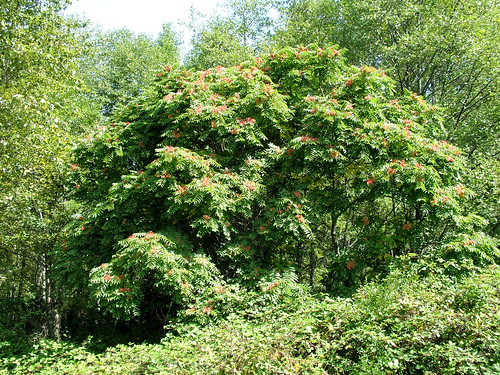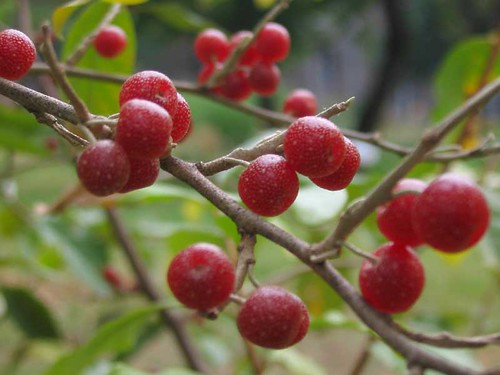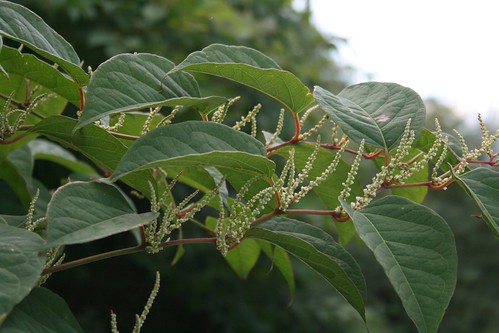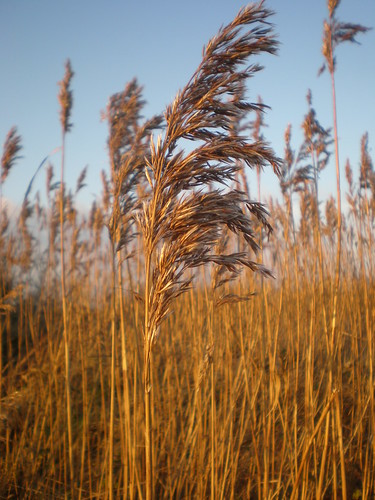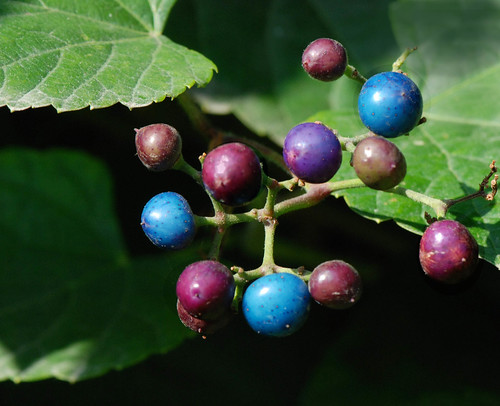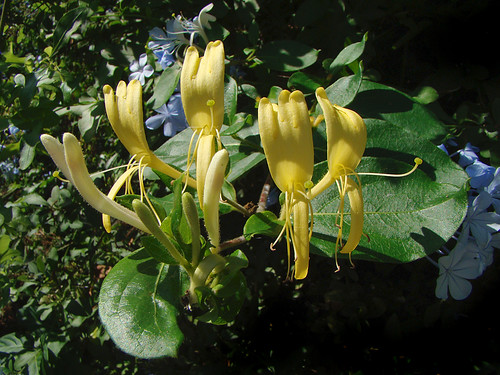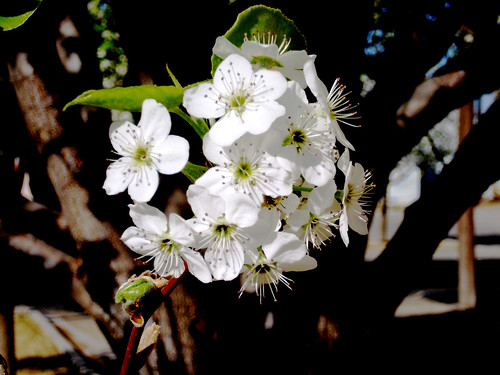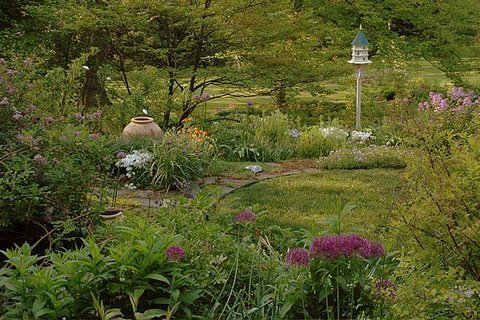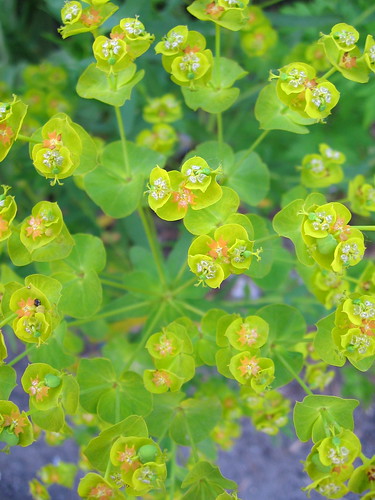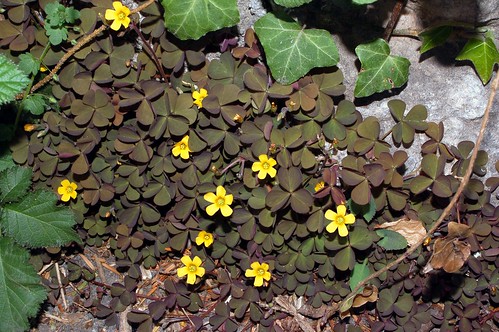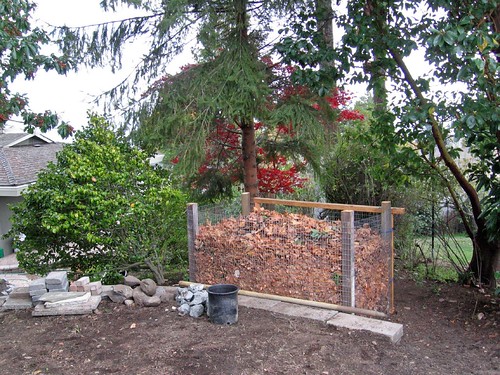
TheGardenLady received this question from Jennifer.
I have a shady area under my pine trees where nothing grows except weeds. I want to plant some blueberries and other acid loving plants there. Do you have some suggestions on plants that would love very acidic soil and full shade?
When one has a very shady area under a tree, one can always do what is referred to as limbing-up a tree, which is cutting off lower branches to allow more light or space under the tree to have more room for plantings.
Blueberries like most vegetables, herbs and fruit want lots of sun. So though you can use the pine needles to mulch the blueberries, it would really not be advisable to plant blueberries under the pine trees. Blueberries want to be planted in full sun.
Azaleas or rhododendrons would look beautiful under your pine trees. Consider native azaleas to compliment the area and for uniqueness. There are many plants even some with flowers that will also grow happily in this dry shade area with acidic soil .
Enrich the soil by adding humus and mulch and work it into the soil under the tree without hurting the tree roots. Even if you love the shape of your evergreens and are reluctant to cut off branches you can still have plants that will be happy under the pine trees.
Some good shade plants that will work are hostas, foam flowers –Tiarella cordifolia, sweet woodruff – Galium odoratum, lily of the valley, woodland flowers like Celandine Poppy or Wood Poppy-Stylophorum diphyllum, as well as many of the ferns like:
Autumn Fern (Dryopteris erythrosora) – Hardy in USDA zones 5-9. Easy to establish. Rabbit and deer resistant;

Lady Fern (Athyrium filix-femina) Hardy in zones 3-8. Rabbit resistant;
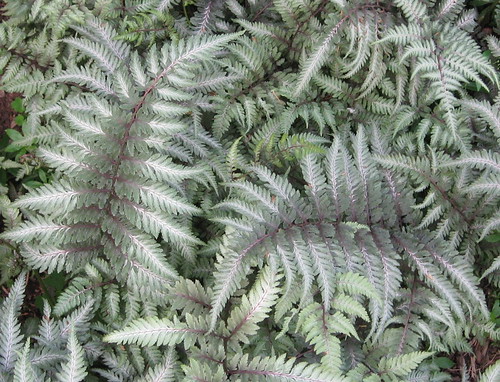
Japanese painted fern (Athyrium niponicum ‘Pictum’) – Hardy in zones 3 to 8;

Christmas Fern (Polystichum acrostichoides) – Hardy in zones 3-8. Very easy to grow. Can take very dry to moist soils.






